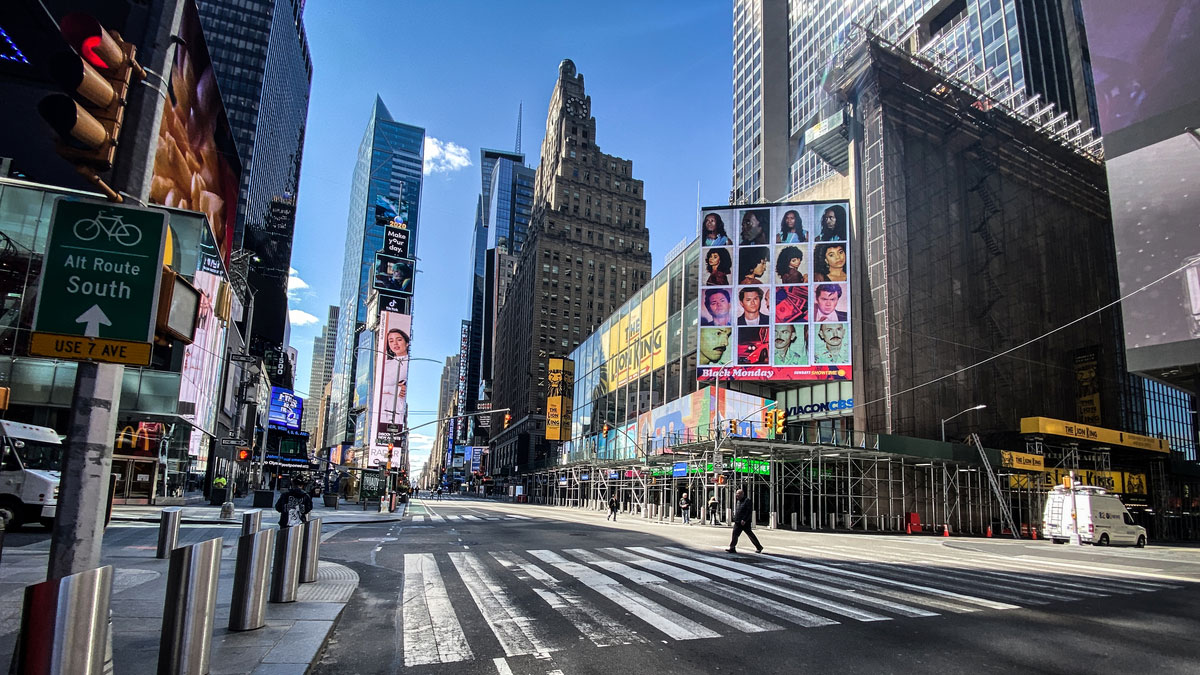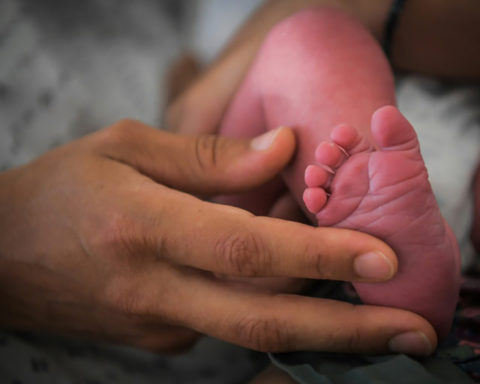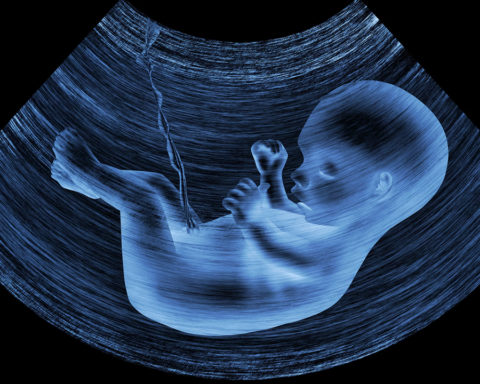India, the United States, Brazil and South Africa are currently experiencing the largest increases in the number of Covid-19 cases since the beginning of July. These four economic giants are still far from having reached the "peak" of the pandemic, according to experts. State of play.
United States
The United States, with a population of 328 million, is leading the way with more than 50,000 cases a day since the beginning of July and already more than 140,000 deaths, or 413 per million inhabitants, according to AFP calculations based on official data.
More than 3.5 million cases have been reported in total, with 40 out of 50 states reporting increases. California (West), the first US state to impose containment in March, decided Tuesday to close bars, indoor restaurants, cinemas, zoos.
The virus entered from the northwest and northeast and is now moving down to the south, midwest and west of the United States. The most affected states are Texas, Florida, Arizona and California.
As in India, experts believe that this federal country is struggling to combat the epidemic because of its heterogeneous response. Confinements have been applied in a "patchwork" fashion, and while New York seems less affected now, the virus has strengthened elsewhere.

President Donald Trump has been accused of "politicizing" science, stirring controversy over the mask, which he has long refused to wear, and evoking plots around Covid-19 to weaken it. States that were spared refrained from taking action, instead easing containment, which rekindled the spread of the virus.
In the most affected states more than 5% of those tested are reached, well above the thresholds set by the World Health Organization (WHO). At this rate, up to 40 million people could be infected before the end of the year.
Brazil
Latin America's largest economy (209 million inhabitants), led by Jair Bolsonaro since October 2018, is approaching 2 million cases and already more than 70,000 deaths.
The death rate is as high as 354 per million people, but experts estimate that the actual number of cases could be up to ten times higher and the number of deaths could be as much as double.
The northern Amazonian states, territories of many indigenous peoples, some with weak immune defences, are in the front line. And among the 27 Brazilian states, Sao Paulo and Rio de Janeiro (in the south-east) have the highest number of contaminations in absolute terms. Rio de Janeiro, has a particularly high mortality rate (665 per million inhabitants).
There has been an increase in the southern states, which have been spared so far. " I can't see a real plateau in the curve, " Domingos Alves, the coordinator of the Health Research Laboratory (LIS) at the Ribeirao Preto Medical School, told AFP on 10 July: " The number of contaminations will continue to rise until October-November, with fluctuations, " he said.
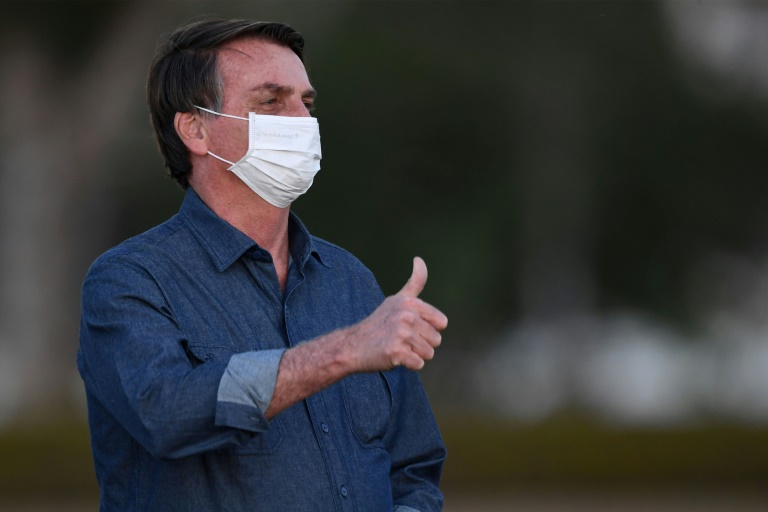
The delay in taking preventive measures and the lack of testing have been compounded, according to many observers, by a politicization of the pandemic. Jair Bolsonaro, who contracted the disease himself, led a tireless campaign against governors who imposed containment measures in the name of economic survival.
India
The world's fifth largest economy, with a population of 1.3 billion, may soon surpass the threshold of one million Covid-19 cases. While the number of deaths remains very low - 17 per million people, compared to 663 in the United Kingdom - the pandemic has been galloping since early July, making it one of the four fastest growing countries.
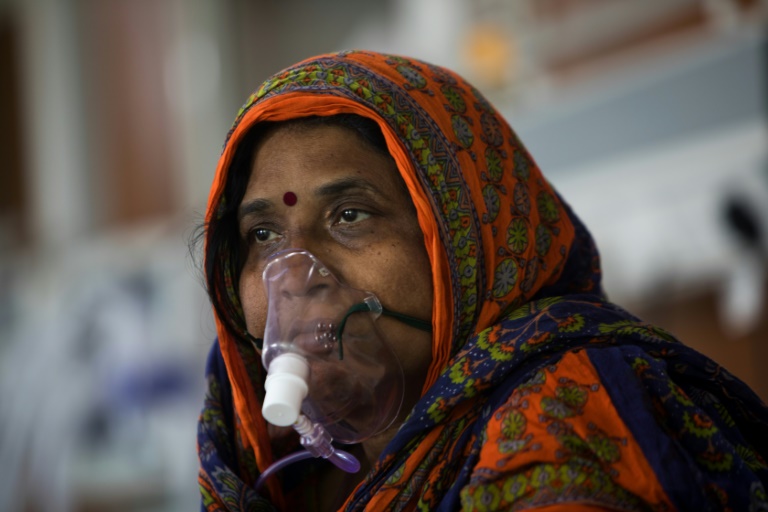
Narendra Modi's government decided on Tuesday to reconfine nearly one Indian in ten. These are the 125 million inhabitants of the large state of Bihar (north-east) until the 31st, after a lifting of the confinement in June, and the 13 million of the Bangalore agglomeration (south).
The most affected states are Maharashtra (West), where Bombay and its famous Bollywood studios are located, and Tamil Nadu in the South. The capital New Delhi alone accounts for more than a tenth of the cases.
" The peak of the wave is still to come: according to my predictions, in mid-August, but other scientists are talking about October, November or December, " virologist T. Jacob John told AFP. " There are many reasons for (the outbreak): too few tests, very heterogeneous management by states and cities. Lack of centralization (of data) makes it difficult to predict the trajectory of the virus and the epicenter changes from one state to another, " adds biologist Samit Bhattacharyya, a professor at Shiv Nadar Private University.
" Health has never been a political priority in India, "says T. Jacob, referring to a budget not exceeding 2% of GDP. " Culturally, Indians accept all tragedies and death without complaint. Confinement will have severe economic consequences and that too will be accepted stoically. "
South Africa
Africa's leading industrial power, with a population of some 58 million, is experiencing a real upsurge in cases, with more than 8,000 cases per day since the beginning of July, bringing the total to more than 300,000, according to data collected by AFP from official sources. The health authorities are registering 500 cases per hour.
On Sunday, July 12, President Cyril Ramaphosa also stressed " the strength and speed of progress ", a source " of great concern ". He reimposed a curfew and suspended the sale of alcohol.
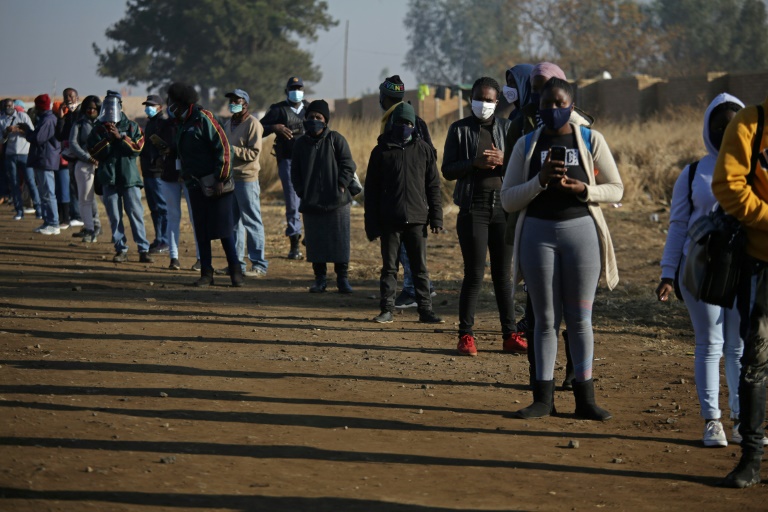
By mid-July the most affected provinces are Gauteng, where Johannesburg, the economic and financial hub, and the capital Pretoria are located. Just over a third of cases are concentrated there. The Western Cape province, so popular with tourists, follows with nearly 30% of cases. KwaZulu-Natal, where patient zero arrived on 5 March from Italy was identified, concentrates nearly 10% of cases.
" We are seeing a very rapid rise in Johannesburg and anticipate that this will continue for several more weeks, " epidemiologist Salim Abdool Karim, the government's top adviser on Covid, told AFP. " In some ways, Johannesburg is like New York: densely populated and social distancing is a challenge. ".
" Small groups of people can lead to large contagions, and this is what we are observing ". The containment decided at the start also slowed down the progression of the virus, but remained " unsustainable in the long term, from an economic point of view. We anticipated that we would be forced to reduce the measures, but we needed time to prepare, " he added.
Source: AFP

